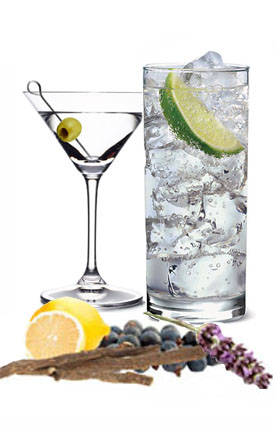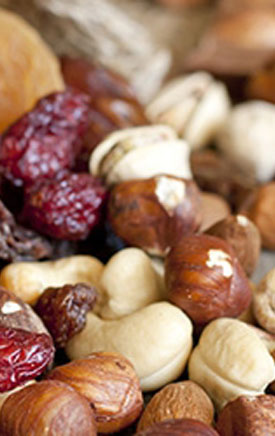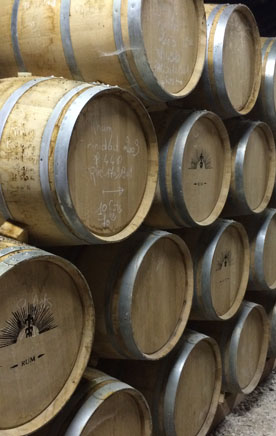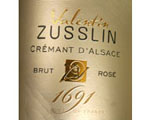The Best Alsacian Wines
by Geoff Kalish
It’s no wonder that Alsatian wines are very misunderstood and often overlooked by the average consumer. They’re made in French towns with almost unpronounceable Germanic names (often prominently featured on the label), distributed in bottles more reminiscent of German Riesling than brands from Bordeaux, Burgundy or most anywhere else in France. Many carry unfamiliar designations like Selections de Grains Nobles and Vendange Tardive, and what’s in the bottle may not be the varietal on the label. However, this area of France produces some excellent, extremely well-priced wines – so it is worthwhile to become familiar with a least a few top bottles. Also, in 2011 there were excellent weather conditions for ripening, with many full-flavored wines, and while 2012 saw a reduced quantity of grapes harvested, the overall quality was excellent – making most of the wines from these vintages especially noteworthy.
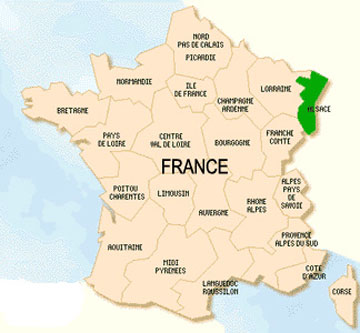
What follows are recommendations of the best bottles recently sampled at Manhattan’s Felidia Restaurant by the Wine Media Guild (an organization of professional wine communicators). The wines are listed by category with top-flight representative samples for each category. Prices quoted are typical retail cost for 750ml bottles (not including state taxes).
CRĖMANT D’ALSACE
Made by the traditional Methode Champenoise (in which bubbles are produced by a secondary fermentation in the bottle), grapes allowed by law in these effervescent wines include Riesling, Pinot Blanc, Pinot Gris, Pinot Auxerrois, Chardonnay and Pinot Noir (especially for rosé bubbly).
| Valentin Zusslin Crémant d’Alsace Brut Zero Sans Soufre NV - $26. This wine is produced without the use of sulfur, mainly from Pinot Auxerrois (95%) grapes and small amounts of Chardonnay and Pinot Gris from 25-year-old vines grown at Clos Liebenberg, in the town of Orschwihr. It has a steady stream of bubbles, with a yeasty bouquet, a dry, citrusy taste and a rather tart finish that matches well with smoked salmon and caviar. |
|
|
Joseph Cattin Crémant d’Alsace Brut NV - $19. |
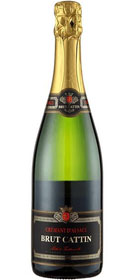 |
|
Pierre Sparr Crémant d’Alsace Brut Rosé NV - $20. |
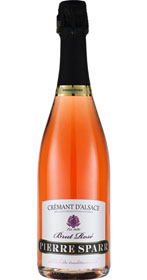 |
PINOT BLANC
By law these wines can be made from 100% Pinot Blanc grapes, a blend of Pinot Blanc and Pinot Auxerrois, or 100% Pinot Auxerrois. The importance of this is that in general Pinot Auxerrois is closer in flavor to Chardonnay than Pinot Blanc which is quite more acidic, with the bouquet and flavor of these wines at times quite dissimilar. On the other hand, all of these wines usually make good mates for flavorful dishes like spinach-flavored risotto, pasta primavera with pesto or grilled veal chops.
|
Paul Blanck Pinot Blanc 2013 - $16. |
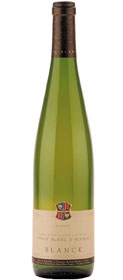
|
|
Domaine Pfister Pinot Blanc 2012 - $24. |
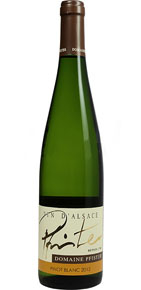 |
GEWÜRTZTRAMINER
While wines from the Gewürztraminer varietal are produced elsewhere, particularly in Germany and the United States, this pink-skinned grape featuring a high natural sugar content, is originally from Alsace where it yields generally aromatic flavorful wines. While often touted as accompaniment for spicy Asian fare, I find the combination overpowering and prefer these products with fois gras, roast duck and even braised short ribs – favoring Rieslings and palate-refreshing sparkling wines with spicy foods.
| Ehrhart Gewürztraminer Herrenweg 2012 - $22. Made from 100% Gewürztraminer grapes grown organically and sustainably on the sun-drenched Premier Cru Herrenweg vineyard, located between the villages of Turkheim and Wintzenheim. This sunglow-yellow wine shows a bouquet and taste of cloves and roses with a smooth pleasant finish. |
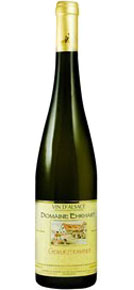 |
|
Weinbach Gewürztraminer Cuvée Theo 2012 - $38. |
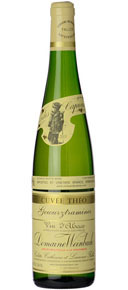 |
|
Albert Mann Gewürztraminer Grand Cru Steingrubler 2011 - $36. |
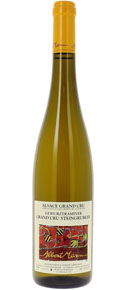 |
RIESLING
Riesling, the most widely planted varietal in Alsace (over 20% and increasing), is most commonly vinified to dryness in this region (with some notable late-harvest exceptions carrying special designation and usually quite pricey). In general, these wines are quite fruity in their youth and as they age over 4-5 or more years, develop a lush taste and mineral-like fragrance (that some find akin to gasoline). Marry these wines with seafood, pork roasts, goat cheese and spicy fare.
| Francois Baur Riesling Herrenweg 2012 - $20. This wine is made from biodynamically-grown grapes that are vinified to dryness and aged for ten months in large 100-year-old casks (foudres). It has a bouquet and taste of citrus and lychees and a dry, smooth finish. |
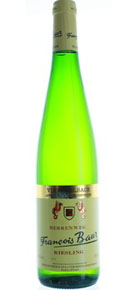 |
|
Willm Riesling Grand Crus Kirchberg de Barr 2011 - $23. |
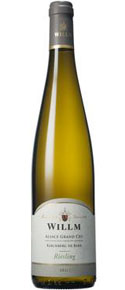 |
PINOT GRIS
Wines from this grape, originally known as Tokay d’Alsace, had a name change because of confusion with Hungarian Tokaji, which is made from an entirely different varietal. Importantly, Pinot Gris wines produced in Alsace are typically more complex and more acidic than those made from this grape in Australia and Italy (where wine from this grape is known as Pinot Grigio). Also, many of the Alsatian products show a bit of almond flavor and spice in the finish. Enjoy these wines with grilled chicken, salmon and cheeses with a nutty flavor like Jarlsberg and cheddar.
| Zind-Humbrecht Pinot Gris 2012 - $26. Made from grapes grown biodynamically in a vineyard noted for gravelly soil, the wine was vinified to dryness and aged on its lees for several months before bottling and release. It has a bouquet and rich taste of ripe fruit and exotic spices with a lively finish. |
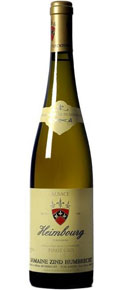 |
|
Domaines Schlumberger Pinot Gris Les Princes Abbés 2010 - $20. |
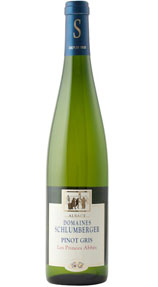 |
|
Josmeyer Pinot Gris Grand Cru Hengst 2007 - $75. |
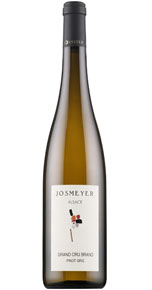 |



